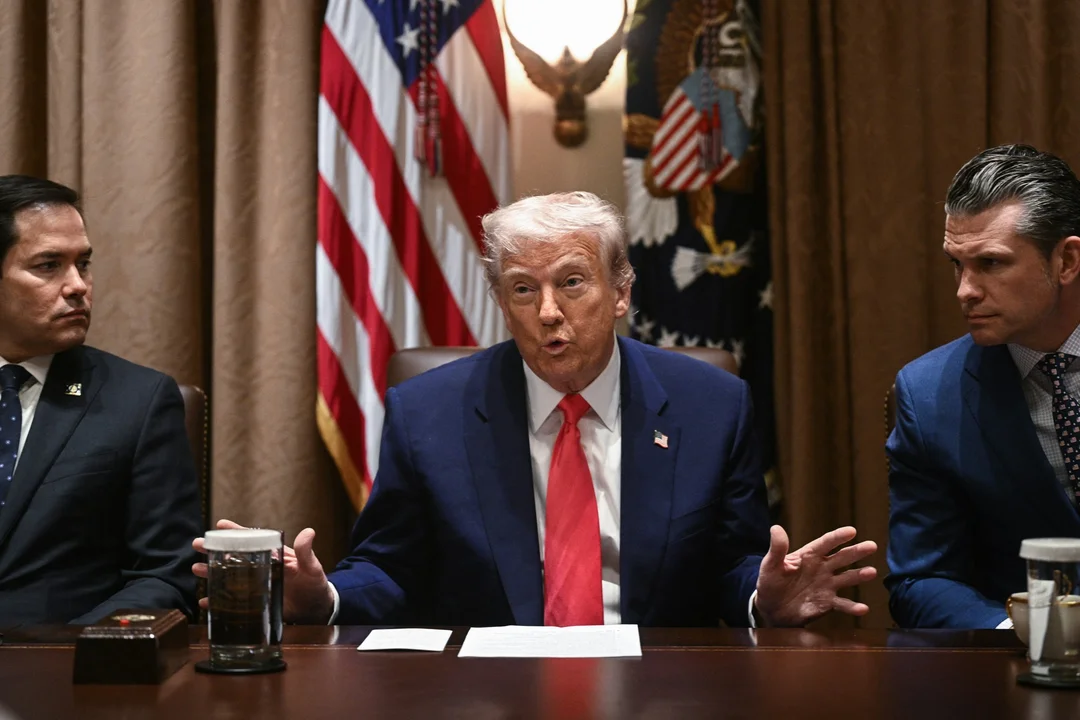
Tariffs, Trade Wars, and the American Wallet: How Trump’s Policies Are Shaking the Nation
President Donald Trump’s aggressive tariff maneuvers have sparked anxiety across financial markets, drawn alarm from international trading partners, and left American families unsure about the future direction of the economy. As tariffs rise and trade wars intensify, experts and policymakers are raising urgent questions about who will ultimately shoulder the costs and what these new economic policies mean for the nation’s most vulnerable citizens.

Trump’s initial announcement of sweeping tariffs sent shockwaves through Wall Street. Subsequent walk-backs and revisions only added to the confusion, though key elements—especially harsh new rates on Chinese imports—remain. The administration’s logic? That tariffs would punish overseas competitors and power a comeback for American manufacturing. The reality is proving much messier.
Low-income families are emerging as some of the biggest losers. While Trump and his allies argue that “Main Street” businesses will benefit and that pain is reserved for stockholders, independent analyses reveal a different story. As Yale researchers found, tariffs function as a consumption tax that hits every consumer. For America’s poorest, the burden is disproportionate: the bottom 10 percent by income could spend up to 4 percent of their disposable income on tariff-related price hikes—a rate two and a half times higher than the wealthiest households.
Behind the scenes, trade battles with China have escalated. In direct retaliation to the latest White House orders, Beijing slapped a 34 percent tariff on all incoming U.S. goods. In response, Trump raised the stakes with new executive actions, hiking certain duties to an eye-watering 84 percent, and setting a 90 percent customs rate on many low-value Chinese goods. Extra fees for mailed packages climbed sharply, too—a move sure to sting small businesses and online shoppers alike.
Yet while the president touts reciprocal tariffs as a tool for national security and economic justice, even many supporters worry about the lack of strategy. Editorial voices from The New York Times liken the approach to "shooting before aiming," warning that issuing high tariffs without industry transition plans merely causes "pain without any benefit." They acknowledge the devastation wrought by past decades of unchecked free trade—lost jobs, shuttered factories in the Midwest and South—but express doubt that these new policies will deliver meaningful revival.
Critical observers also warn of a looming recession. Past downturns, like the Great Recession, saw millions pushed into poverty, with low-wage, less-educated workers the hardest hit. Flashpoints of instability, like the current tariff tumult, risk repeating this cruel pattern if policy uncertainty and higher costs persist.

Amid this charged climate, remedies remain elusive. Efforts by Congress to curb the president’s tariff powers have yet to reach consensus, and lawsuits challenging the measures face uncertain prospects. Ultimately, the fate of these tariffs—and their fallout for American households—rests as much in the unpredictable hands of the president as in the political process.
As tariffs rise and economic crosswinds blow, the question looms: Will these bold moves rebuild American industry, or deepen the struggles of those with the least cushion? Share your thoughts—how are these changes affecting you, your business, or your community? Join the conversation below.
Related issues news
When did Trump's tariffs go into effect?
On April 2u2014a day he called 'Liberation Day'u2014Trump signed an executive order imposing a minimum 10% tariff on all U.S imports effective April 5.
When will tariffs take effect in 2025?
On April 4, 2025, the State Council Tariff Commission of the People's Republic of China (PRC) announced that in response to Executive Order 14257, effective at 12:01 a.m. eastern daylight time on April 10, 2025, a 34 percent tariff would be imposed on all goods imported into the PRC originating from the United States.
What is the USA tariff?
Industrial tariffs are customs duties on non-agricultural merchandise imports, levied either on an ad valorem basis (percentage of value) or on a specific basis (e.g., $1 per 100 pounds). Approximately 94 percent of U.S. merchandise imports by value are industrial (non-agricultural) goods.
Are the tariffs bad?
The trouble with tariffs, to be succinct, is that they raise prices, slow economic growth, cut profits, increase unemployment, worsen inequality, diminish productivity and increase global tensions.